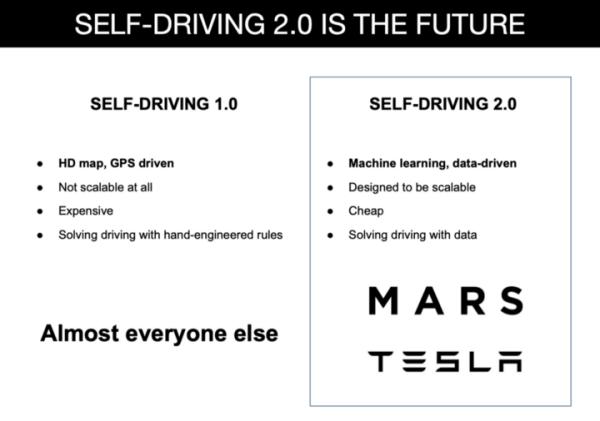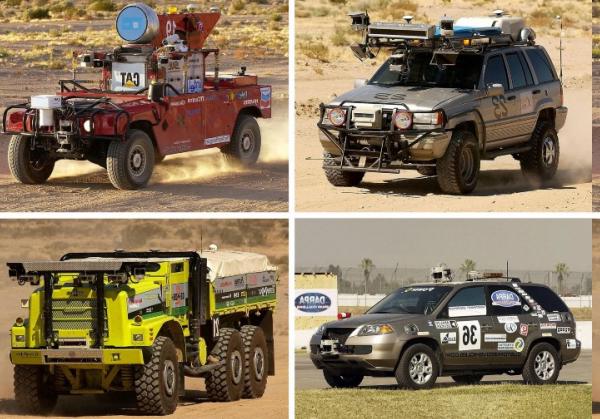The road to driverless remains undrivable
Surprising? Not at all.
(quoting from here)
The vast majority of self-driving companies are still decades away from deploying fully unmanned vehicles on the road, while spending huge amounts on R&D.
The problem is multifold: they rely on a pre-computed HD map and GPS signals on top of a bunch of rule-based software.
Their software is filled with hand-tuned parameters and algorithms. Unlike the perfect driving videos uploaded on their youtube channels, driving is often fragile and risky.
The reason is that the real world has too many corner cases, and since human engineers cannot even imagine all of them, they will never be able to write software that knows and can handle all of them.
Artificial intelligence, of course

The idea that (at least with current approaches) REAL automated driving, that always works well in EVERY place and situation may be little more than a fantasy is hardly new. Even automaker CEOs have tried to say it publicly, if between the lines, to cover their backs.
Starting from that awareness, a company called Mars Auto is trying a very different approach (but they are not the only ones). They see the application of deep neural networks to self-driving as the only way to solve the self-driving problem and deploy unmanned vehicles on a massive scale.
The real advantages, and risks, in the Mars Auto’s vision

Mars Auto recently explained in great detail, in the blog post from which I grabbed the quotes above, why and how their approach to self-driving is best.
Personally, if I understand that post correctly, I see in Mars Auto’s approach both a huge advantage for society, and a potential weakness.
The advantage is that their work may dissolve one primary “driver” (of course!) of that huge waste of resources that is 5G. Technology is good, but there are better ways to use all that money and raw resources.
The weakness may be in the “massive scale” part. There are valid reasons to fear, or hope, that EVERY business plan of any kind that relies on massive diffusion of cars and trucks is doomed.
How many cars, or trucks does Mars Auto to be on the roads of our (near!) future to succeed? Probably much less than most competitors, but how many?
Who writes this, why, and how to help
I am Marco Fioretti, tech writer and aspiring polymath doing human-digital research and popularization.
I do it because YOUR civil rights and the quality of YOUR life depend every year more on how software is used AROUND you.
To this end, I have already shared more than a million words on this blog, without any paywall or user tracking, and am sharing the next million through a newsletter, also without any paywall.
The more direct support I get, the more I can continue to inform for free parents, teachers, decision makers, and everybody else who should know more stuff like this. You can support me with paid subscriptions to my newsletter, donations via PayPal (mfioretti@nexaima.net) or LiberaPay, or in any of the other ways listed here.THANKS for your support!